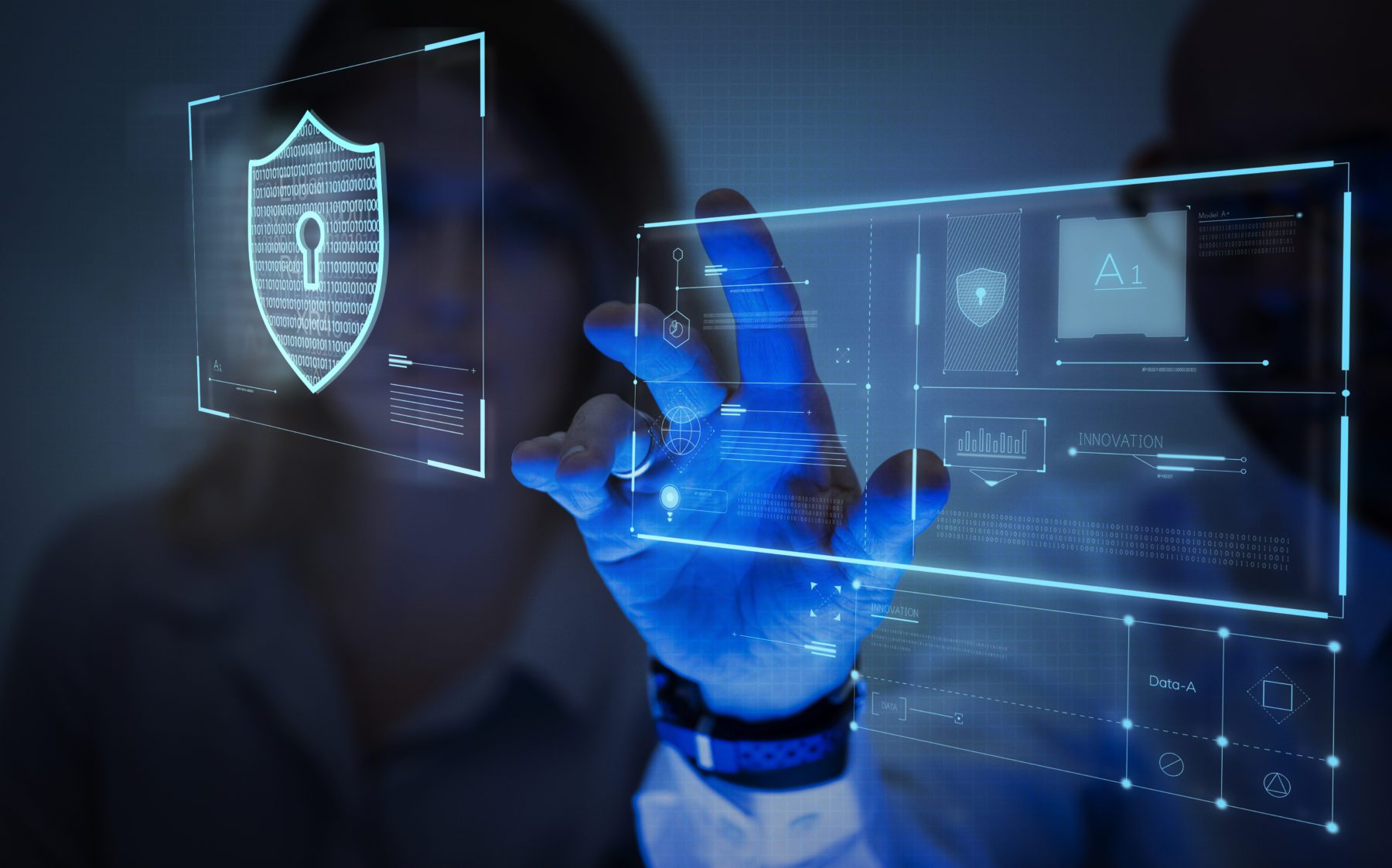As our entire society becomes increasingly digital, cyber security is one of the most crucial aspects of life. From personal computer systems like laptops and smartphones to critical infrastructure like power plants, hospitals, banking and financial service companies, every aspect of modern human life now relies on computers and software applications to function. The same can be said of businesses and organizations of all sizes, non-profits and government institutions that serve the public interest. This means that everyone benefits from robust cybersecurity defense programs.
Yet, cyber criminals have more incentive than ever to find ways to infiltrate computer systems for financial gain (like ransomware), extortion, political or social motives (known as hacktivism) or simply vandalism. These threats are constantly evolving, with thousands of new vulnerabilities reported in old and new applications and devices each year. Attackers can also take advantage of human error, specifically by negligent employees who unknowingly cause a data breach.
This has given rise to a burgeoning industry of cybersecurity services, with tools and technologies designed to mitigate cyber attacks. Some of the most common cybersecurity technologies include firewalls, next generation antivirus, e-mail security solutions, DNS filtering and malware protection software. These tools are important, but so are the policies and procedures put in place to use them.
These policies must be regularly reviewed and updated to reflect the threat landscape. They must be clearly communicated to staff and customers in a way that is easy for them to understand, implement and monitor. Training is essential in raising awareness about industry best practices, organizational procedures and the importance of reporting malicious activity.
A cyber risk assessment is a process for categorizing a company’s exposure to cyber threats, including the impact of those risks on business operations. This enables teams to determine what policies and controls are most relevant, taking into account the specifics of their organization’s risks and their likelihood of occurrence.
Quantification of risk exposure is also useful in communicating cybersecurity challenges to board members and other key stakeholders. Cybersecurity presentations that use confusing technical jargon or fan the flames of FUD (fear, uncertainty and doubt) are not conducive to effective decision-making.
Other methods for reducing vulnerability to cyberattacks include two factor authentication, where each person who gains access to a system must present something they know and something they have – such as a password or PIN, a smartcard or USB dongle. This requires a more complex level of authentication and reduces the risk that an unauthorized person can gain access to a system through brute force or social engineering tactics such as phishing.
A final element of any robust cybersecurity program is a backup solution for all important data. This must be regularly tested to make sure it works properly, and all data should be encrypted to ensure confidentiality. The regular updating of software is another helpful measure, as updates typically repair security holes and eliminate bugs in operating systems. Other preventive measures include using a microkernel, which limits the amount of code running at the highest level of privilege and instead runs the kernel and device drivers in a less privileged mode.Managed Detection and Response



